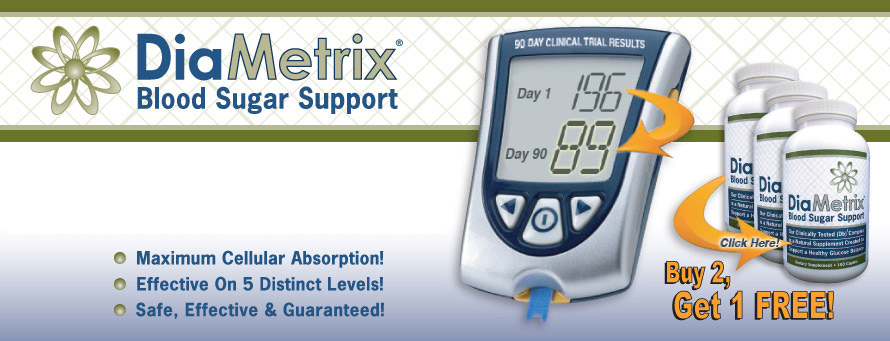Vanadium and Diabetes
Common Names: Panchromium, Bis-Glycinato Oxovanadium, Bis (Maltolato) Oxovanadium (BMOV), Metavanadate, Orthovanadate, Vanadate, and Vanadyl.
Vanadyl sulfate is one of the element vanadium's colorful forms, and it is sometimes called a vanadium salt. Vanadium (atomic No. 23) is an "ultratrace" mineral. Humans need it in tiny amounts, about five to 10 micrograms a day. The element is found in whole grains, shellfish, mushrooms, black pepper, parsley and soy. In the 19th century, vanadium salts were first explored as a treatment for diabetes. A product called Vanadyl is sold to treat diabetes; and in Italy, vanadium is among the 10 most frequently recommended dietary supplements by herbalists for diabetes treatment.
Important Research and opinions on Vanadium and diabetes.
Vanadium overview of history and research
As the American populace becomes more sedentary and thus more obese, diabetes is steadily on the rise. Due to the mortality rate of this disease raising almost as fast as the blood sugar, potentially new, less-invasive and less-toxic modalities are always being researched. One particularly promising agent is the trace element vanadium. Research conducted almost one hundred years ago by French physician B. Lyonnet demonstrated that when a vanadium salt was administered to diabetic subjects, the concentration of glucose in urine dropped sharply. Within the past 20 years a resurgence of vanadium research has taken place in areas such as pharmacodynamics and toxicity.
Read more at http://www.kalisessentials.com/site/1262646/page/620277
Vanadium and metabolism
Vanadium may act as a co-factor for enzymes involved in blood sugar metabolism, lipid and cholesterol metabolism, bone and tooth development, fertility, thyroid function, hormone production and neurotransmitter metabolism.
Read more at: http://www.diet-and-health.net/Supplements/Vanadium.html
Vandium animal tests.
We demonstrated in 1985 that vanadium administered in the drinking water to streptozotocin (STZ) diabetic rats restored elevated blood glucose to normal. Subsequent studies have shown that vanadyl sulfate can lower elevated blood glucose, cholesterol and triglycerides in a variety of diabetic models including the STZ diabetic rat, the Zucker fatty rat and the Zucker diabetic fatty rat.
Read more at: http://www.springerlink.com/content/w3g22k7002lk3r72/
National Institute of Health,
A very large body of research has been devoted to diabetes mellitus with the goal of better understanding this complex disease for better patient treatment. Pathophysiological research in the rat has focused on Pharmacological research suggests that vanadium could be a possible therapeutic agent due to its activity on insulin secretion and its peripheral insulinomimetic properties. Results suggest that the antidiabetic properties of vanadium result from Vanadium derivatives thus comprise a novel class of compounds with promising therapeutic potential and favorable pharmacokinetic properties (oral administration).
Read more at: http://www.ncbi.nlm.nih.gov/pubmed/11060413
Vanadium tests on diabetic mice
The study was published by researchers from the Suzuka University of Medical Science in Japan and involved the oral administration of the vanadium-allixin compound to a group of 7 diabetic mice over a 9 day period. The blood glucose levels of the mice were then compared with a group of un-treated diabetic mice, a group of insulin treated diabetic mice, and a control group of non diabetic mice.
Initial blood sugar levels were around 30mmol/L for the diabetic mice and 8mmol/L for the non-diabetic mice. Five days into the vanadium-allixin treatment, blood sugar levels of the diabetic mice began to drop dramatically and by the end of the 9 day treatment had reached 12mmol/L, a similar blood sugar level to the insulin treated diabetic mice.The vanadium-allixin treated mice also showed a small reduction in weight whereas the insulin treated mice increased in weight slightly over the treatment period.
The researchers believe the compound works by activating the insulin signalling cascade which plays an important role in the regulation of glucose metabolism. The compound also appears to stimulate the function of an enzyme known as AMP-activated protein kinase (AMPK) which helps cells to absorb glucose. Read more at: http://www.diabetesforums.com/forum/other-medications/36106-vanadium-and-allixin.html
More results in animal testing
Researchers have observed that a compound may prove to be useful in the treatment of type II diabetes, a disorder characterised by the failure of insulin to act,// resulting in raised levels of glucose and lipids in the blood. A team comprising Urmila A Shinde, Anita A Mehta and Ramesh K Goyal of the Department of Pharmacology, L M College of Pharmacy (Ahmedabad, India) studied the effect of Bis(maltolato)oxovanadium (IV) (BMOV), an organic complex of vanadium and Maltol, on diabetic rats.
Read more at: http://www.bio-medicine.org/medicine-news/Better-diabetes-treatment-promises-Vanadium-1561-1/
Information on natural ingredients found in DiaMetrix.
|
